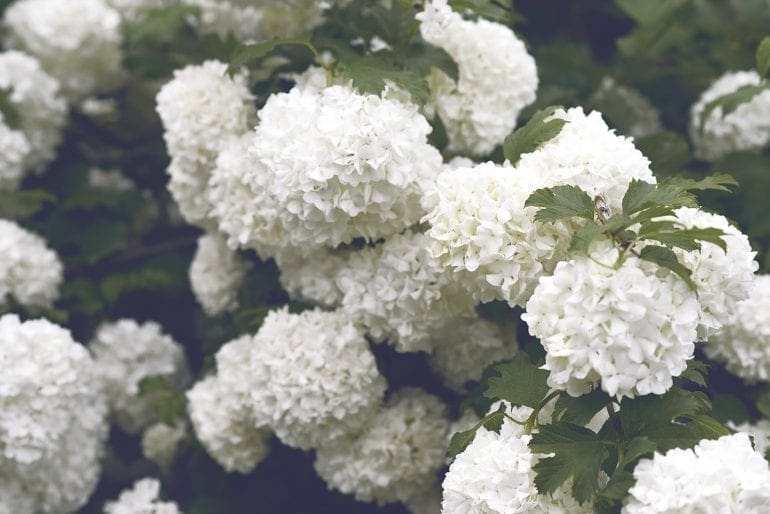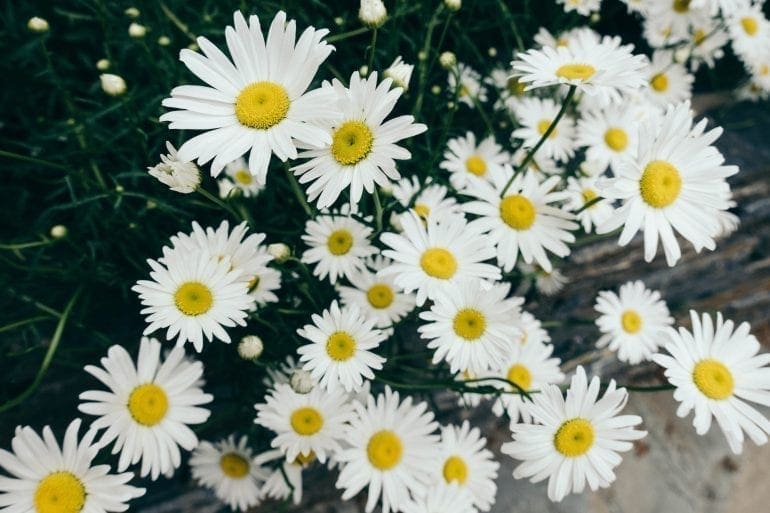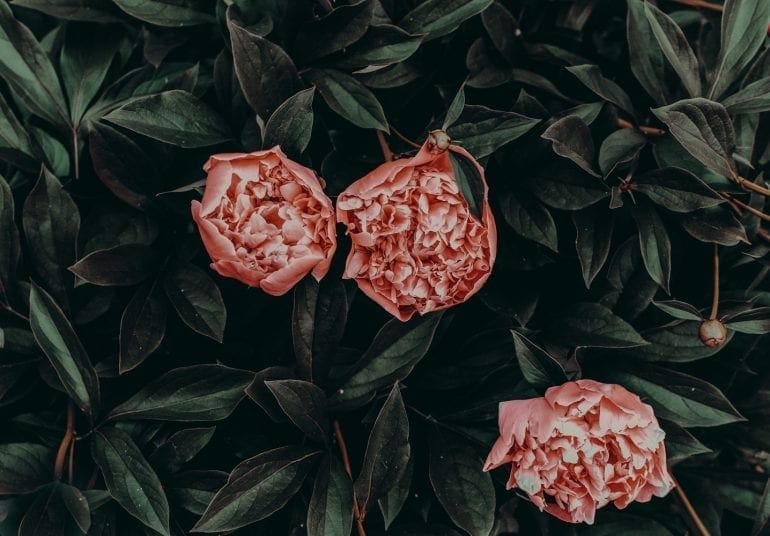Every flower has its unique color, fragrance and function. Similarly, to survive, they require different weather conditions. If you plant blossom in the wrong weather, then they’ll either fizzle out or not grow at all.
Nothing can cheer you up like the hues of the flowers. In addition to that, blooms are not just eye-candy; they also help to keep the air clean and breathable, just like indoor plants.
In this article, you will discover simple yet elegant flowers for your garden this summer.
Blue Lily
Popularly known as lily of the Nile demands warmer areas where they can receive sunlight while being partially in the shade. They can reach their full potential if they’re placed in the right-sized pots. However, you have to be mindful of the fact that they require a significant amount of water to survive.

Sunflowers
Sunflowers have multifold purposes such as they add color to your garden. Additionally. It can be a great food source for living beings. Two things that can destroy your harvest are fungus and birds.

Hydrangeas
Hydrangea is one of those beautiful perennial plants that you should have in your garden. The best time to sow hydrangea seed would be around the fall or early spring season. The plants grow most with the help of morning sunshine. However, they can be damaged quite easily if they are in direct contact with the afternoon heat so, avoid that. Please water them three times a week for the best results.

Petunias
Experts say that if you take good care of your petunias, they might last up to three years or more. They can be as tall as approximately 25 inches. They can thrive only in places where they can get ample direct sunlight. Regions with perpetual rains or high humidity can cause wilting petunias.
Dahlias
They come in all the sizes, and they look adorable in all of them. Wait for the plants to cross the rim of your pot, and once that happens, then you can water it thrice a week. You might have to protect it from slugs and mites.

Daisies
To grow daisies crave for the right amount of sunlight. However, if you see signs of distress or damage, then it would be better if you move the plants to bit shade. Cut the dead flower heads to promote re-blooming and improve the vigor of the plant.

Lavender
Lavender is vibrant, as well as a fragrant herb that loves the sun. It’s used to make essential oils and potpourri. Due to their drought-tolerant nature, they don’t need much water once they have matured. Ironically, excessive watering can dry out the plant. As a bonus, it attracts pretty butterflies. You can buy small plants from nurseries or farmer markets.
Peonies
You can mainly find six varieties of peonies, including anemone, Japanese, single, and many more. Sidewalks lined with peonies generally marks the onset of the summer season. Water them regularly and practice deadheading. Protect your precious blossoms from pests and diseases, like Japanese beetles, rots, nematodes, and blights.

Hibiscus
To grow a hibiscus, you might not need a tropical climate, but you undoubtedly require a lot of sunshine. In addition to that, they demand plenty of space as well as water as they can be quite a handful in size. However, too little or too much water can wear them down.

Marigold
They are categorized among the lowest maintenance flowers. You might find the classic marigold in the shades of orange or yellow. However, in the rarest situation, it can be cream or maroon as well. They don’t require much water, just keep the bed moist. They are susceptible to diseases like rots and blights.
The New Jersey Digest is a new jersey magazine that has chronicled daily life in the Garden State for over 10 years.
- Staffhttps://thedigestonline.com/author/thedigeststaff/
- Staffhttps://thedigestonline.com/author/thedigeststaff/
- Staffhttps://thedigestonline.com/author/thedigeststaff/
- Staffhttps://thedigestonline.com/author/thedigeststaff/


